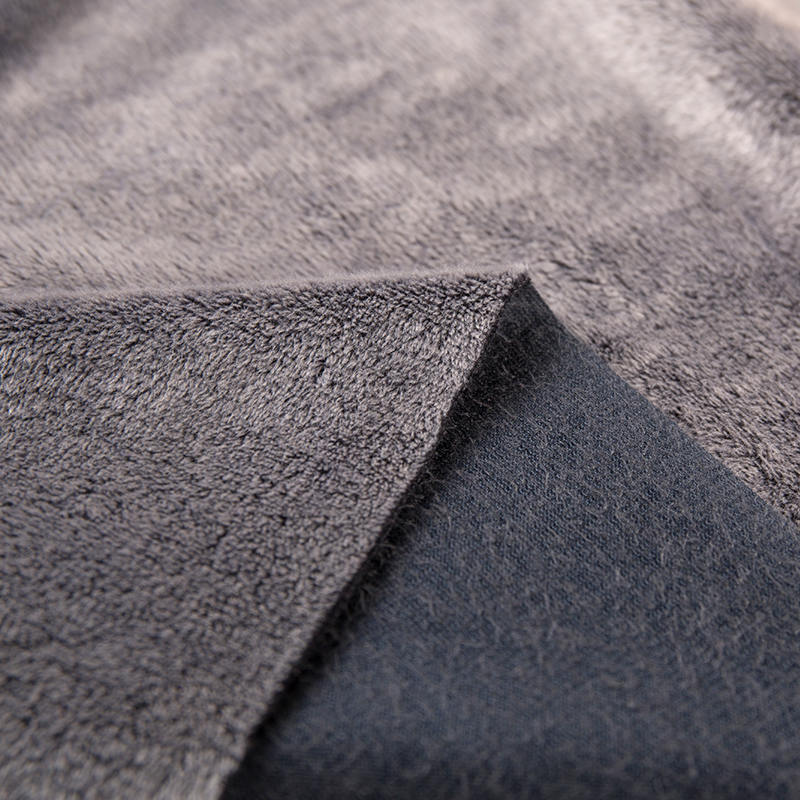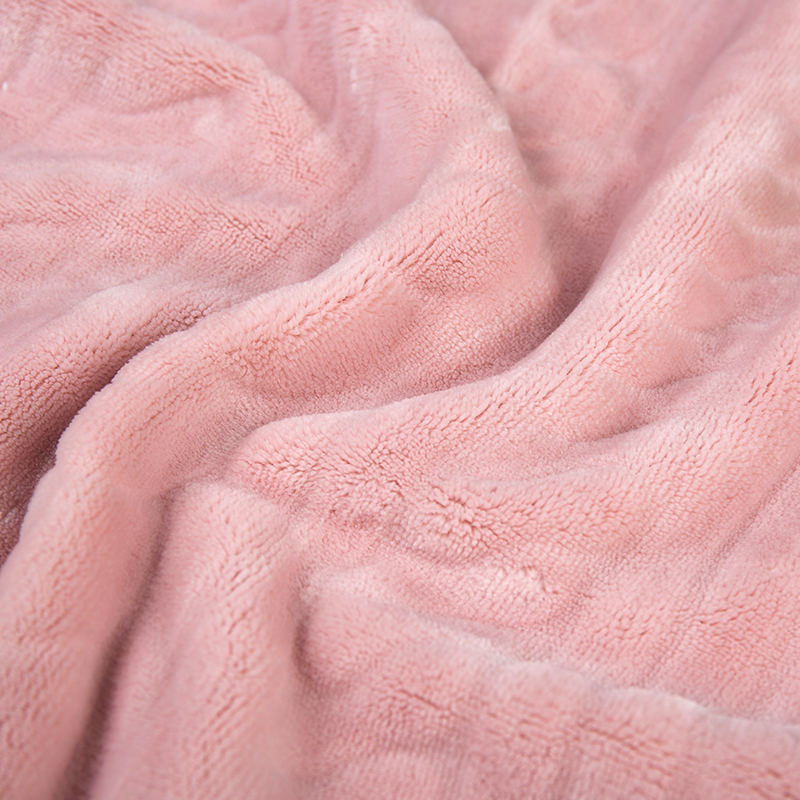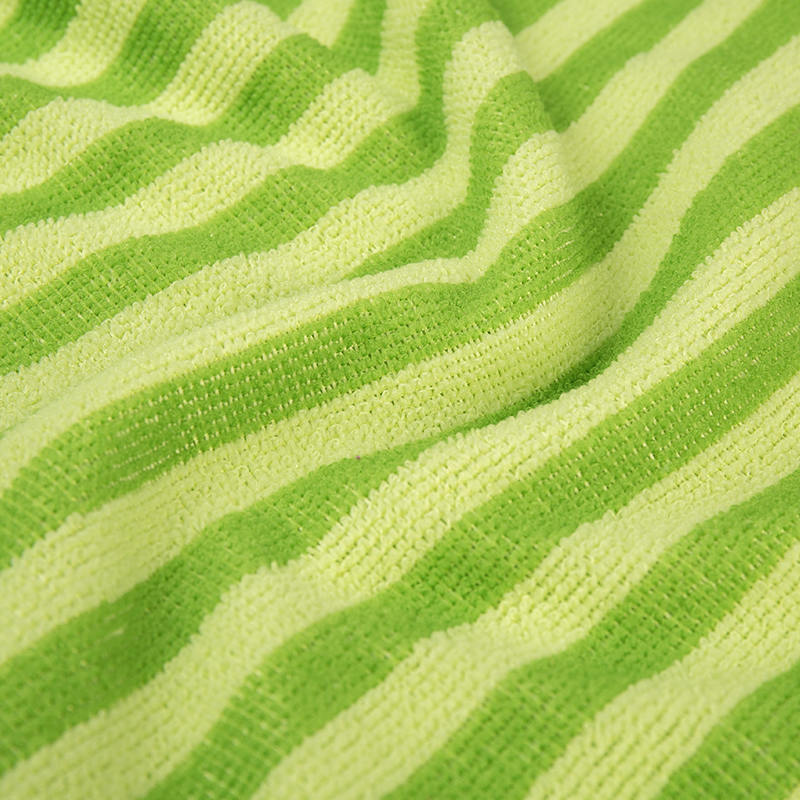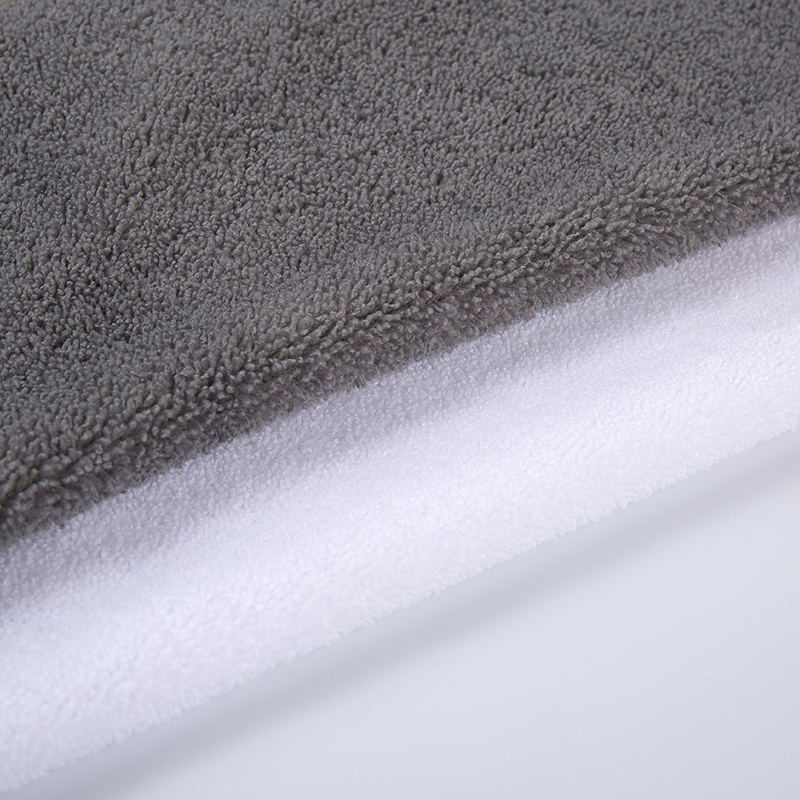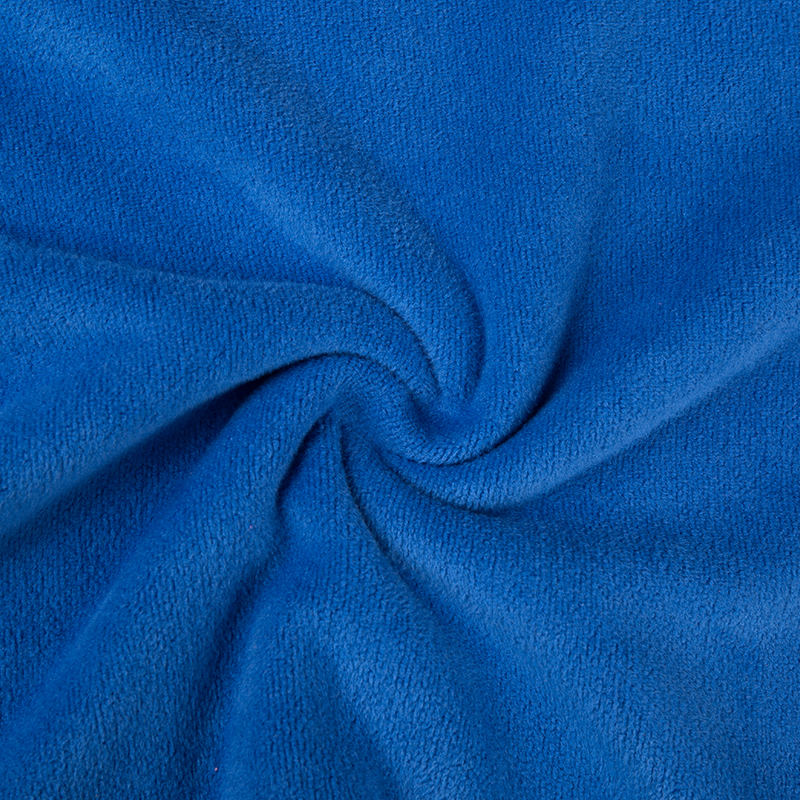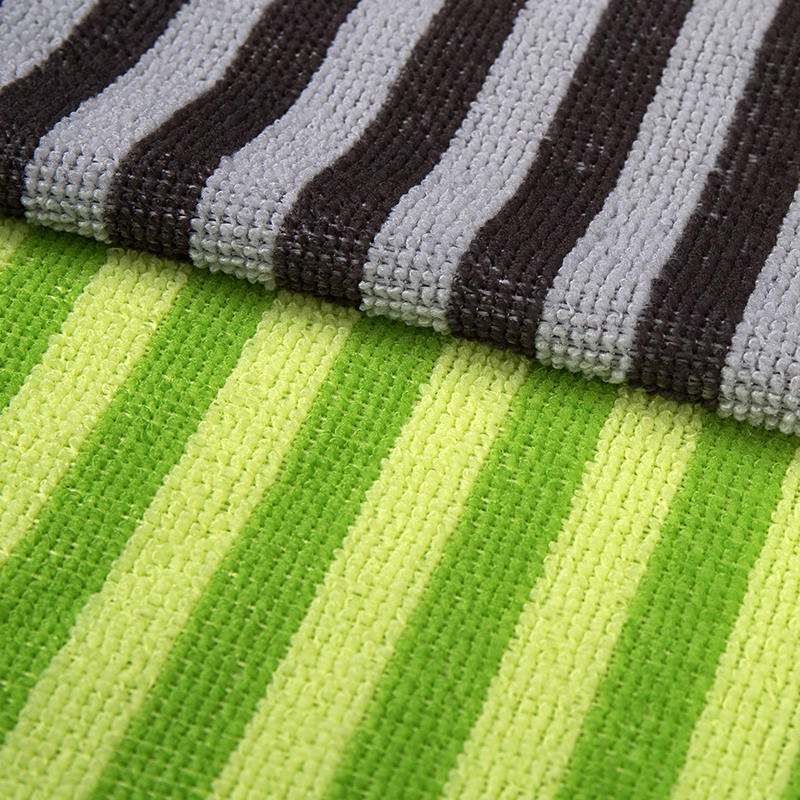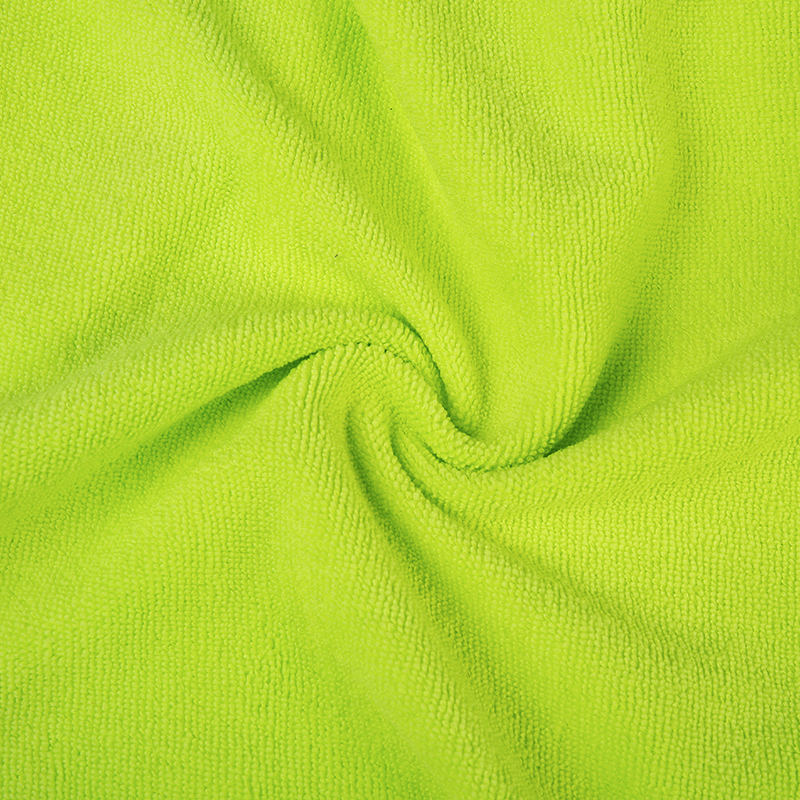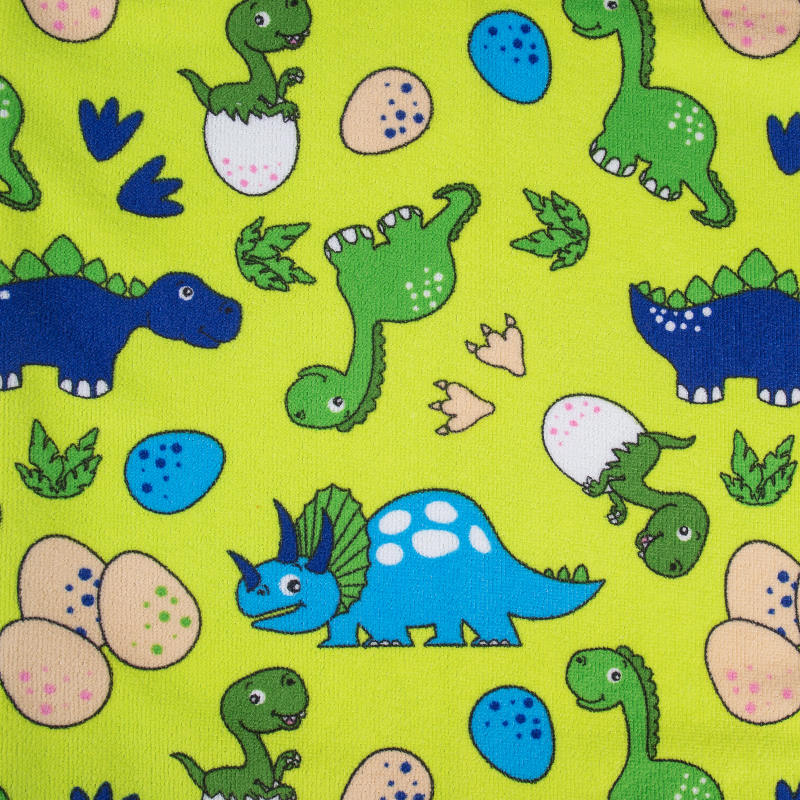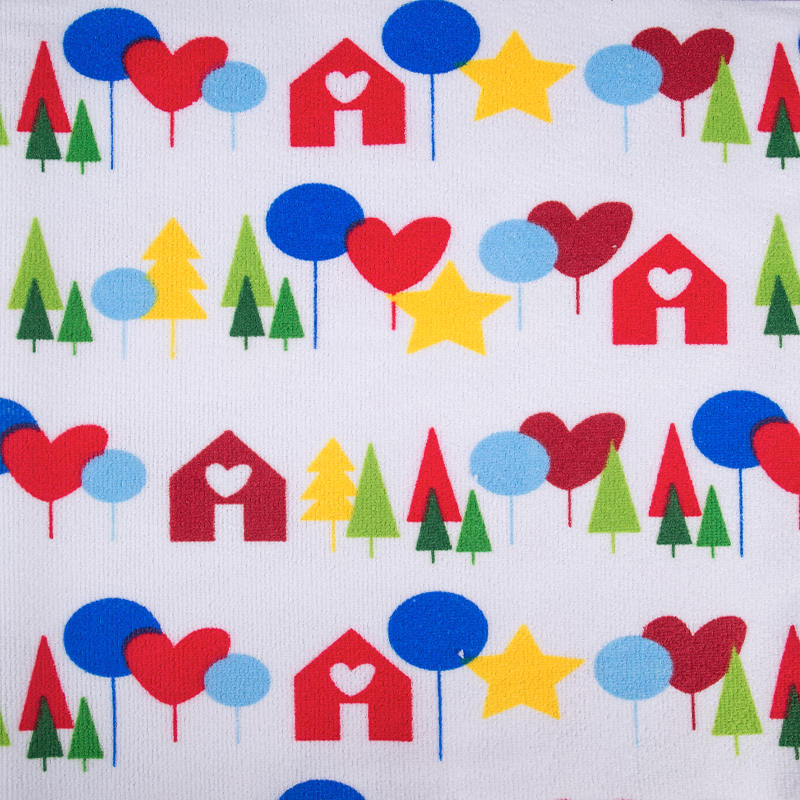Introduction
In the textile industry, the evolution of dyeing and printing techniques has reshaped the way knitted fabrics are developed and perceived. With the rise of sustainable technologies, high-definition digital printing, and refined dye chemistry, dyeing printing knitted fabrics have achieved remarkable advancements in both functionality and aesthetics. Among the numerous features that define this progress, color fastness stands out as one of the most critical indicators of performance.
Understanding the Nature of Knitted Fabrics
Knitted fabrics differ fundamentally from woven materials in their structure and behavior. Their interlooped yarns offer elasticity, softness, and excellent drape, but these same characteristics present challenges during dyeing and printing. Uneven tension, variable yarn density, and high porosity influence color absorption and dye penetration. Therefore, achieving uniform color and long-lasting prints requires highly controlled dyeing parameters and advanced printing formulations.
Knitted fabrics used in fashion, sportswear, and home textiles demand not only vivid color expression but also resistance to washing, light, and friction. These requirements form the foundation upon which modern dyeing and printing innovations operate.
The Core Mechanism: How Dyeing Improves Color Fastness
Dyeing is more than a process of color application—it’s a molecular bonding operation between fiber and dye. In knitted fabrics, reactive and disperse dyes are most commonly used, depending on the fiber type. Reactive dyes form covalent bonds with cellulose fibers, while disperse dyes physically penetrate synthetic yarns.
The level of dye fixation directly influences color fastness. Enhanced fixation methods, controlled temperature gradients, and optimized dye liquor ratios ensure consistent shade depth and minimal color bleeding. Modern dyeing technologies emphasize low-liquor ratio systems and controlled dye diffusion, which not only improve quality but also reduce water consumption.
| Dyeing Technique | Suitable Fiber Type | Main Advantage | Impact on Performance |
|---|---|---|---|
| Reactive Dyeing | Cotton, Viscose | Strong fiber-dye bond | Excellent wash fastness |
| Disperse Dyeing | Polyester, Nylon | High dye penetration | Superior color depth |
| Acid Dyeing | Wool, Silk | Fine color variation | Enhanced vibrancy |
| Vat Dyeing | Cellulose-based | High durability | Fade-resistant finish |
Through these dyeing methods, knitted fabrics achieve a balance between vibrant coloration and durability, making them suitable for diverse end uses from casual apparel to high-performance textiles.
Printing Techniques and Their Influence on Visual Definition
Printing converts plain knitted fabrics into expressive, design-oriented materials. Traditional rotary printing and modern digital printing offer distinct advantages depending on the production goals.
Digital printing has gained prominence due to its ability to deliver high-resolution patterns and customized designs without the limitations of engraved screens. For knitted fabrics, which are stretchable and porous, digital printing ensures better ink placement and minimal distortion. The use of reactive or pigment inks in these systems further improves color fastness and surface definition.
Key aspects such as ink viscosity, drying temperature, and pre-treatment composition determine the clarity and texture of printed patterns. Advances in pigment printing on knitwear have allowed for sharper outlines and enhanced wash resistance, bridging the gap between design aesthetics and durability.
| Printing Method | Key Feature | Ink Type | Fabric Performance |
|---|---|---|---|
| Rotary Printing | Continuous high-volume | Pigment/Reactive | Good color coverage |
| Digital Printing | High-definition, low waste | Reactive/Pigment | Sharp design precision |
| Screen Printing | Simple pattern repeat | Pigment | Good opacity and brightness |
| Sublimation Printing | Transfer via heat | Disperse | Excellent clarity on synthetics |
These methods illustrate how printing technologies contribute not only to the visual enhancement of knitted fabrics but also to maintaining elasticity, hand feel, and long-term wear performance.
Color Fastness as a Performance Benchmark
Color fastness defines how well dyed or printed knitted fabrics retain their original hue under external influences such as washing, light, and perspiration. It is a composite measure of chemical stability and mechanical resistance.
In the context of dyeing printing knitted fabrics, color fastness depends on three critical factors:
Fiber-dye compatibility: Determines the bonding strength and penetration level.
Processing conditions: Temperature, pH, and treatment time influence fixation.
Post-treatment methods: Soaping, steaming, and heat setting lock in the color.
Improvements in color fixation chemistry—such as cationic pretreatments and enzyme washing—reduce unfixed dye residues, enhancing wash resistance. Similarly, the controlled curing of pigment-printed knits minimizes surface cracking and fading.
This focus on fastness ensures knitted fabrics maintain visual consistency even after extended use, reinforcing their reputation for quality and reliability.
Sustainable and Eco-friendly Advances in Dyeing Printing
Environmental responsibility has become a decisive factor in textile processing. The conventional dyeing process consumes significant water and energy, making innovation in sustainability essential.
Modern eco-friendly dyeing for knitted textiles emphasizes:
Low-liquor ratio dyeing systems to minimize water usage.
Digital pigment printing to reduce chemical discharge.
Biodegradable dye formulations for safer effluent treatment.
Energy-efficient drying and curing processes.
These advancements not only lessen environmental impact but also improve process efficiency and reproducibility. Sustainable dyeing technologies are thus transforming the knitted fabric industry by combining performance excellence with ecological responsibility.
The Role of Process Control in Enhancing Consistency
One of the recurring challenges in dyeing printing knitted fabrics is maintaining uniformity across batches. Variations in yarn tension, fabric GSM, and moisture content can result in shade differences. Automation and intelligent control systems now allow real-time monitoring of parameters such as dye concentration, temperature, and pH balance.
Machine learning algorithms are also being integrated into modern dyeing lines to predict optimal process conditions, minimizing re-dyeing cycles and waste. The result is a consistent product with reproducible color quality—a vital aspect for large-scale apparel and home textile production.
The Future Direction: Functional and Aesthetic Integration
As technology progresses, dyeing and printing are no longer limited to color enhancement—they are tools for functional innovation. Researchers are developing functional dyes and inks that offer antibacterial, UV-resistant, or moisture-wicking properties.
By integrating these functionalities during the dyeing or printing stages, knitted fabrics gain multi-dimensional value. For instance, breathable and color-stable knit textiles for activewear can be created without compromising softness or elasticity. The fusion of function and form defines the next era of textile engineering.
Conclusion
The enhancement of knitted fabric performance through advanced dyeing and printing techniques marks a pivotal transformation in the textile sector. From improved color fastness and design definition to sustainable production and intelligent control, every stage of processing contributes to higher efficiency and better end-user experience. Dyeing printing knitted fabrics now represent the synergy between art, chemistry, and technology.

 English
English Español
Español 中文简体
中文简体